The Lagon des Huîtres National Park, one of the jewels of Haitian biodiversity, is a true natural sanctuary. This park is home to twenty-one lagoons forming an ecosystem of inestimable richness. The Pichon waterfall, with its twelve majestic waterfalls, embodies the wild beauty and natural power of the site.
The park’s vegetation is dominated by Bayahondes (Prosopis juliflora), creating a dry forest that serves as a refuge for diverse wildlife. Among the most notable residents are the graceful Greater Flamingo (Phoenicopterus roseus) and the Ricord Iguana (Cyclura ricordi), a species endemic to the island of Hispaniola. The red, gray and white mangroves of the Lagon des Huîtres site play an essential role in providing protected habitats for a multitude of species.
The Wealth of Wildlife
The Oyster Lagoon National Park is a haven for nearly 40 animal and plant species listed on the red list of the International Union for Conservation of Nature (IUCN). Among these valuable species, we find the Ricord Lizard (Cyclura ricordi), the Pink Flamingo, the Common Pigeon (Patagioenas inornata), the Sandpiper (Calidris pusilla), the Hispaniola Crow (Corvus leucognaphalus) and the White Guaiac (Guaiacum sanctum ). These species are witnesses to the diversity and ecological vitality of this park.
The Magnificent Mangroves and the Salt Mine
The mangroves of the Lagon des Huîtres National Park are essential for the ecological balance of the region. They protect coasts from erosion, purify water and provide vital habitat for a variety of wildlife. Exploring these dense forests allows you to observe a multitude of species in a serene and preserved environment.
The salt mine is another treasure of the park. The salt crystals shine in the sun, creating an almost dreamlike landscape. Salt harvesting, a local tradition, attracts many curious visitors and contributes significantly to the region’s economy.
The Splendors of the Sea and Beaches
The coastline of the Lagon des Huîtres National Park, located in Belle-Anse in the southeast of Haiti, is a paradise for sea lovers. The fine sandy beaches and crystal clear waters invite relaxation and relaxation. adventure. The beach is also known for its oyster beds, offering a unique dining experience to visitors. Oysters, renowned for their delicate flavor, can be enjoyed freshly harvested, adding a gastronomic dimension to the natural beauty of the site.
Water activities such as fishing, kayaking and diving allow you to discover the underwater wonders of this exceptional site.
A Leading Ecotourism Destination
The Lagon des Huîtres National Park has remarkable ecotourism potential. The spectacular parade of pink flamingos, the mangrove forests, the Pichon waterfalls and the coastline offer breathtaking panoramas. The park is also the scene of numerous socio-cultural activities such as the Pichon agro-artisanal fair, crazy fishing and recreational days. These events attract visitors and generate economic opportunities for the local community.
The Oyster Lagoon National Park is an emerald of biodiversity and natural splendor. Between its lush mangroves, sparkling salt mine and idyllic beaches, it offers an unforgettable experience for visitors. As an ecotourism destination, it deserves to be discovered, admired and preserved for future generations. This park is an invitation to discovery and contemplation of nature in all its majesty.









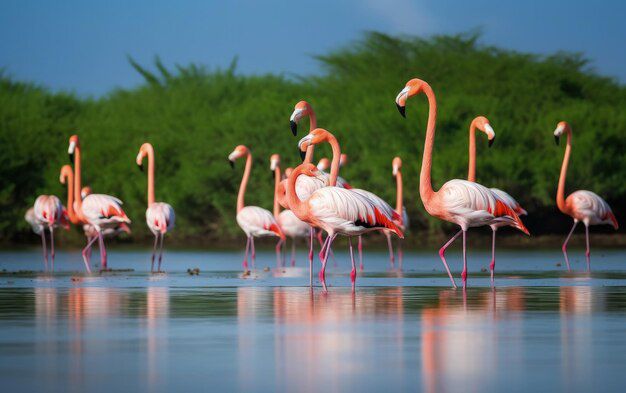
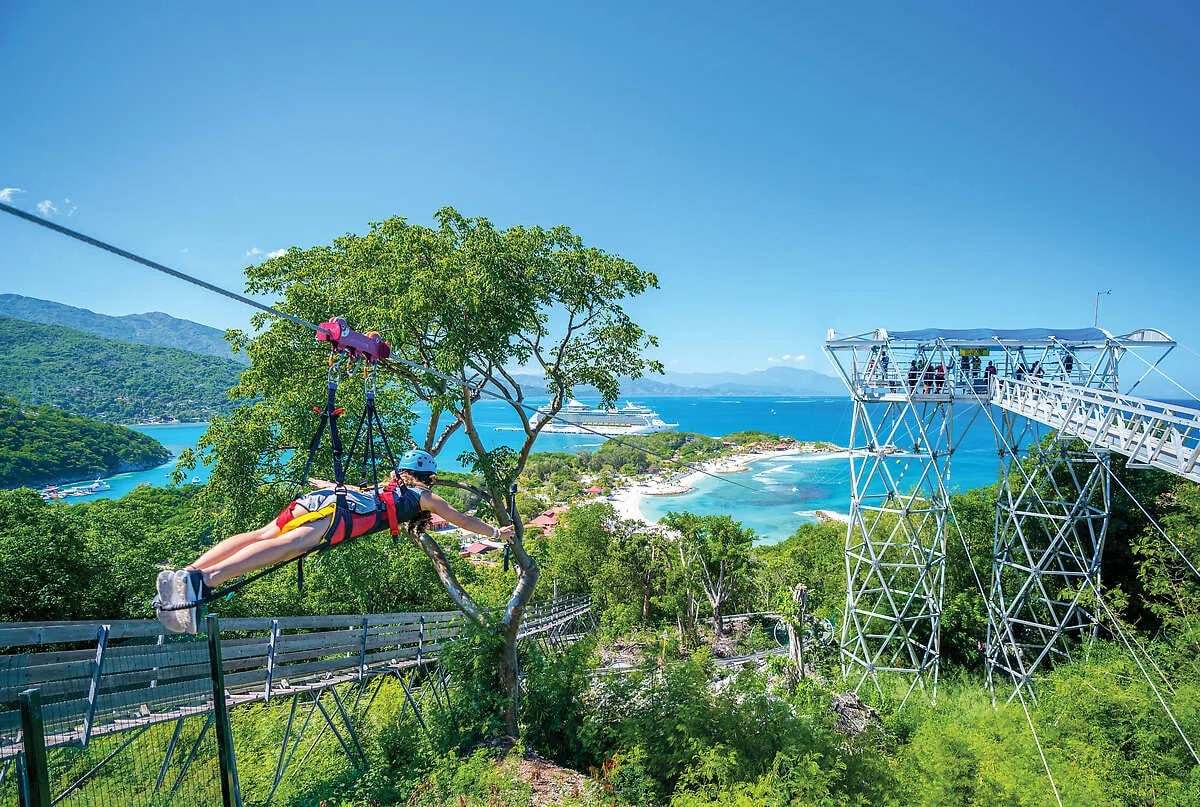
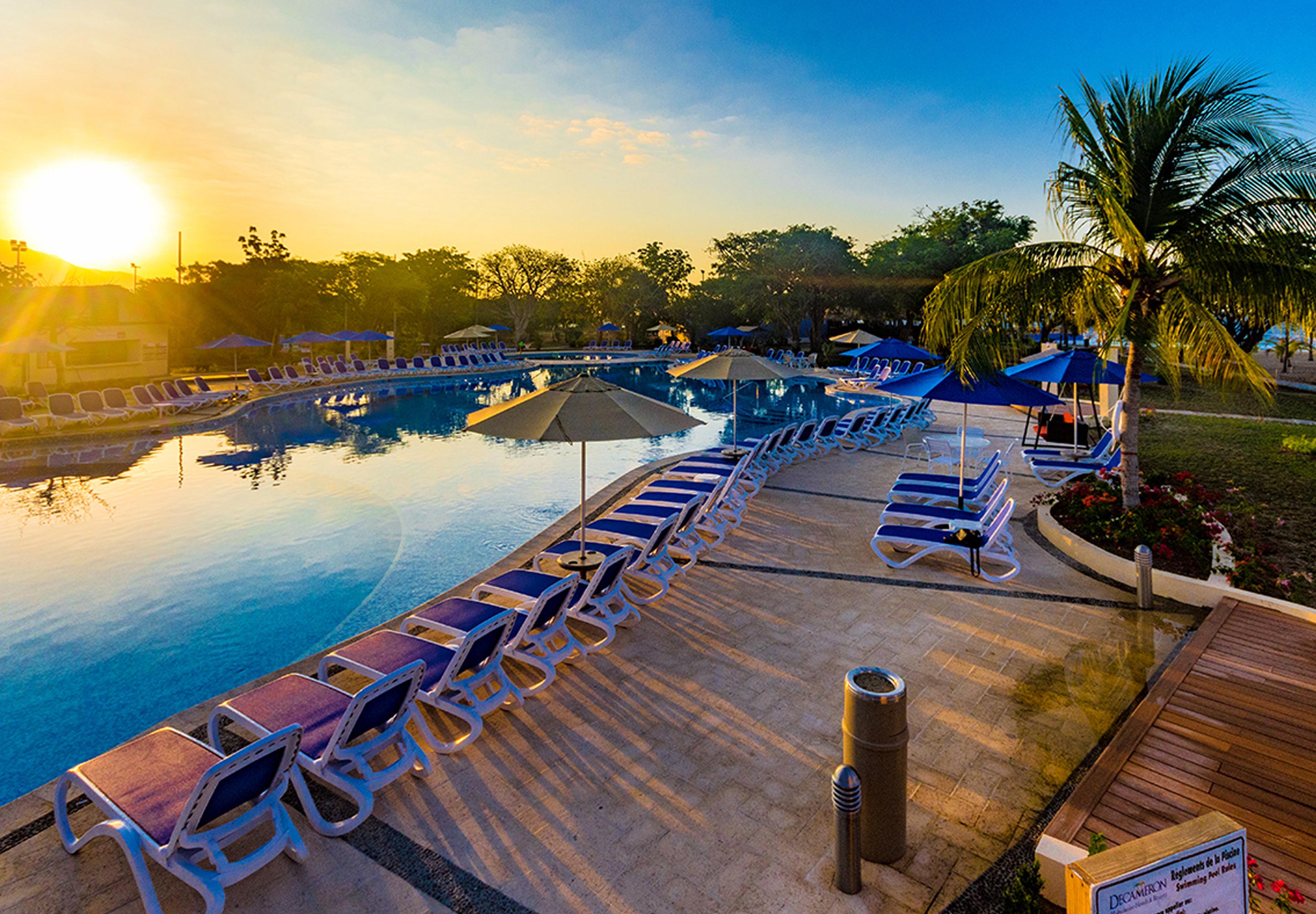


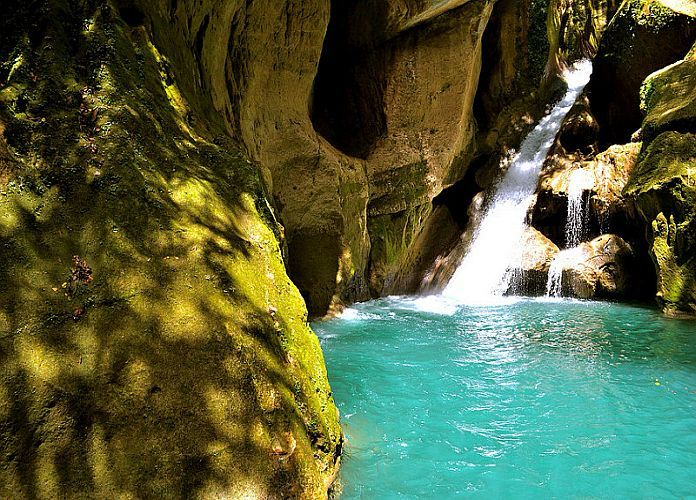
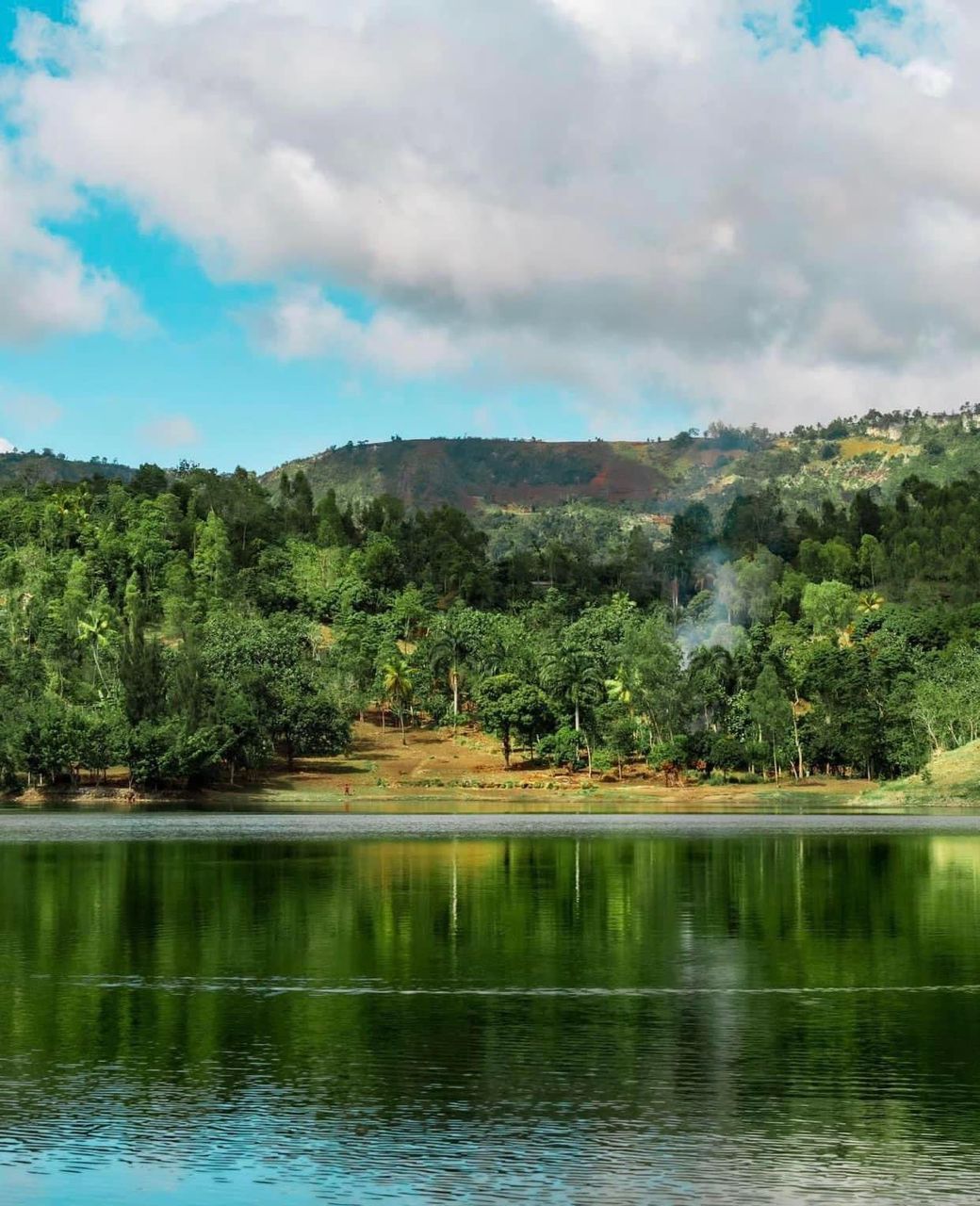



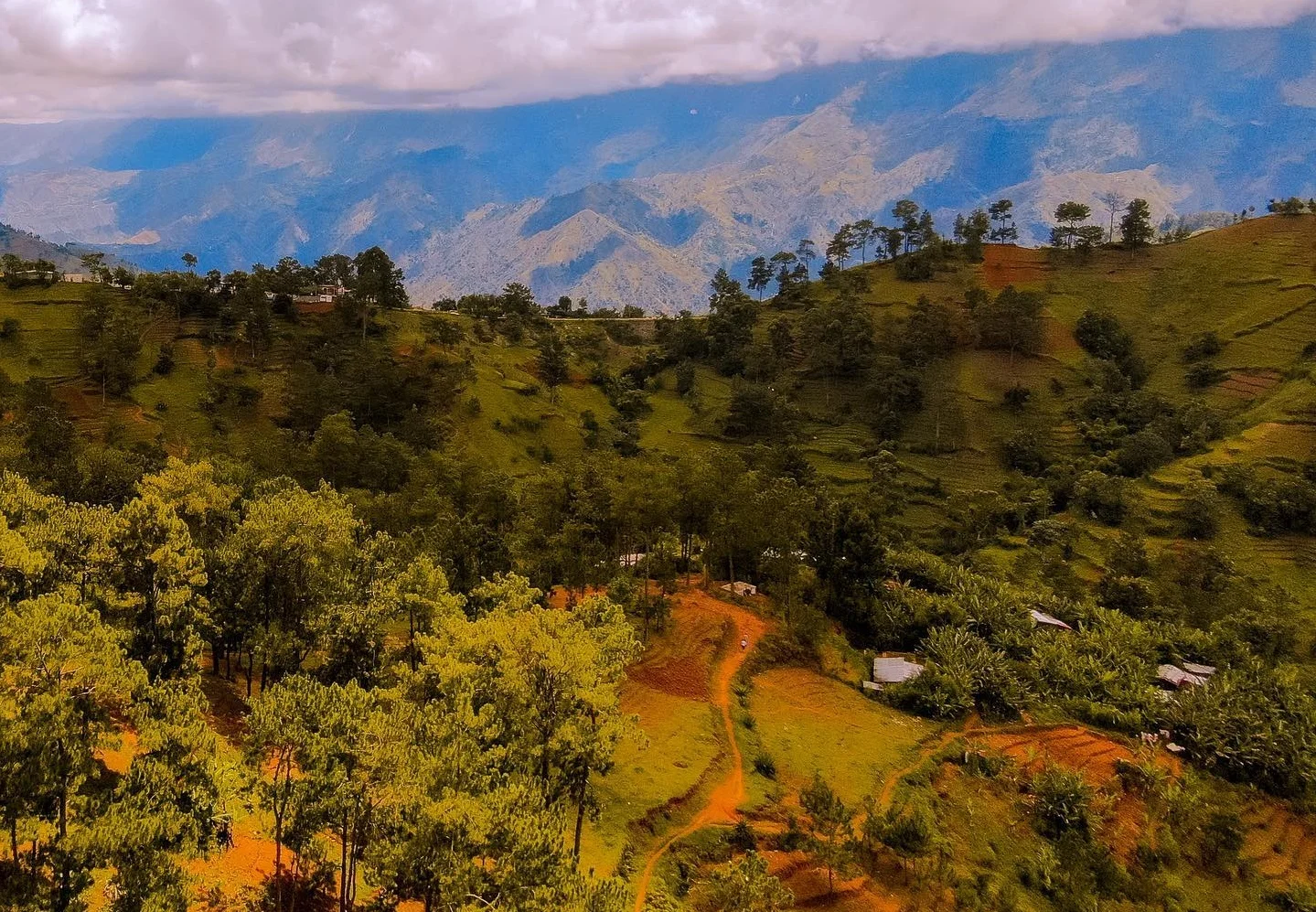
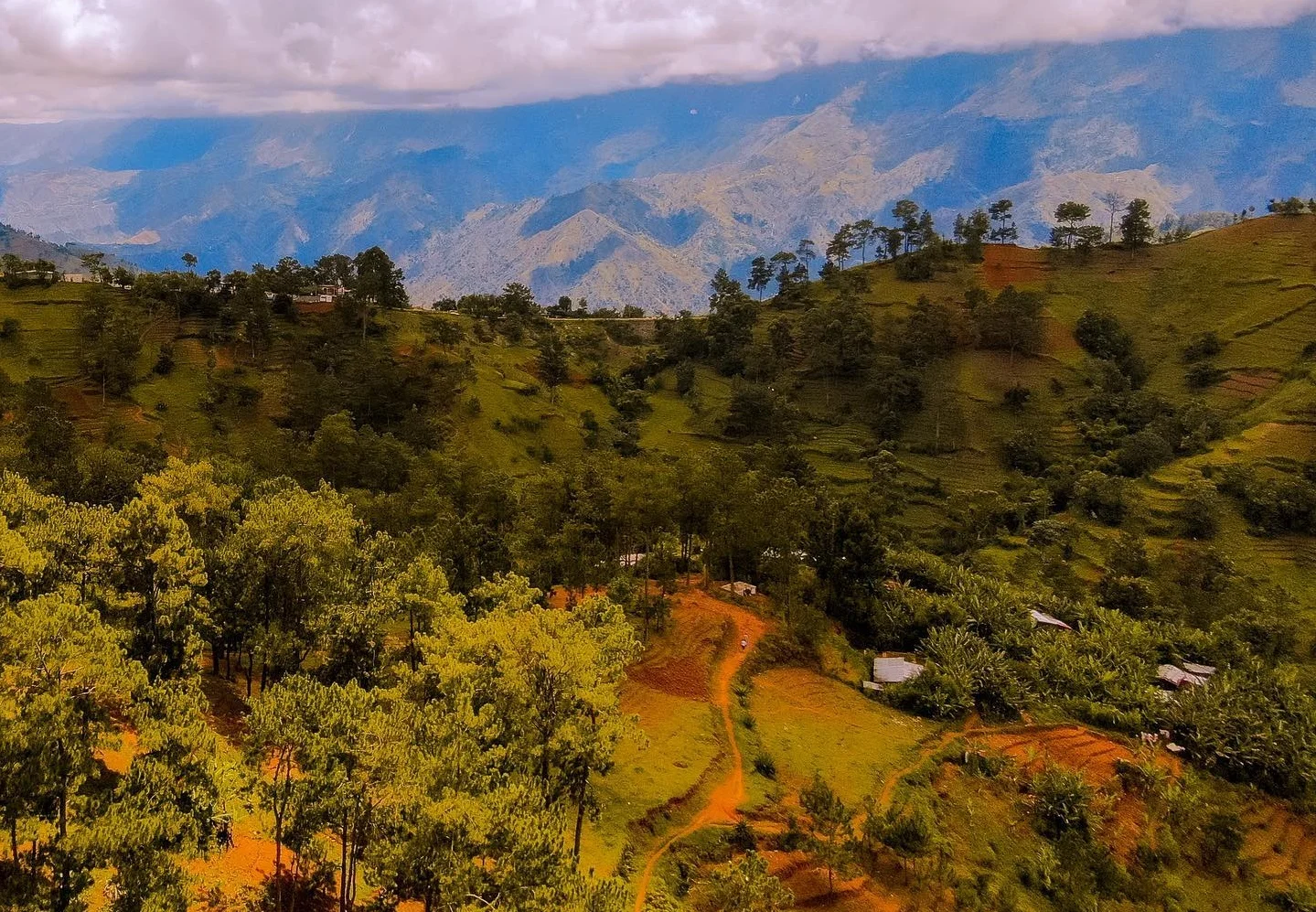




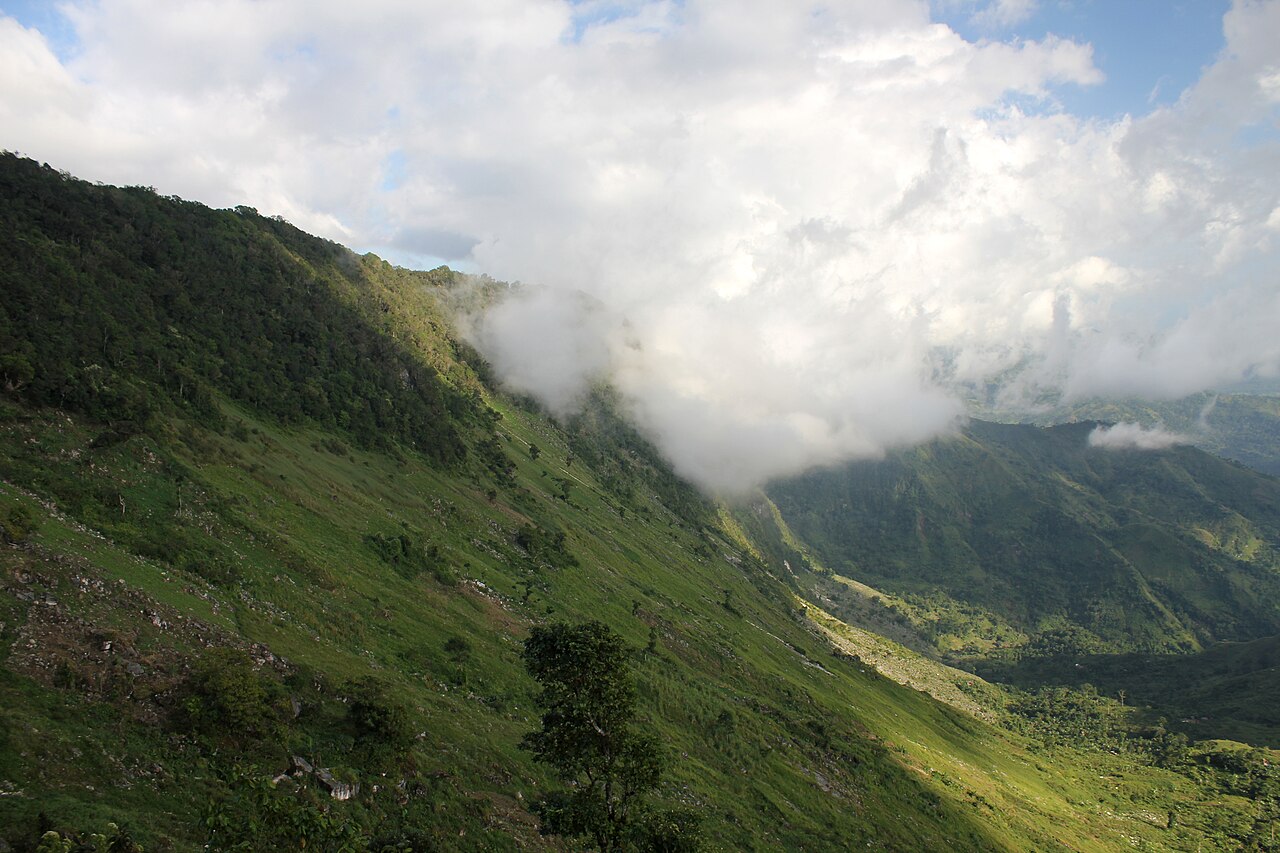
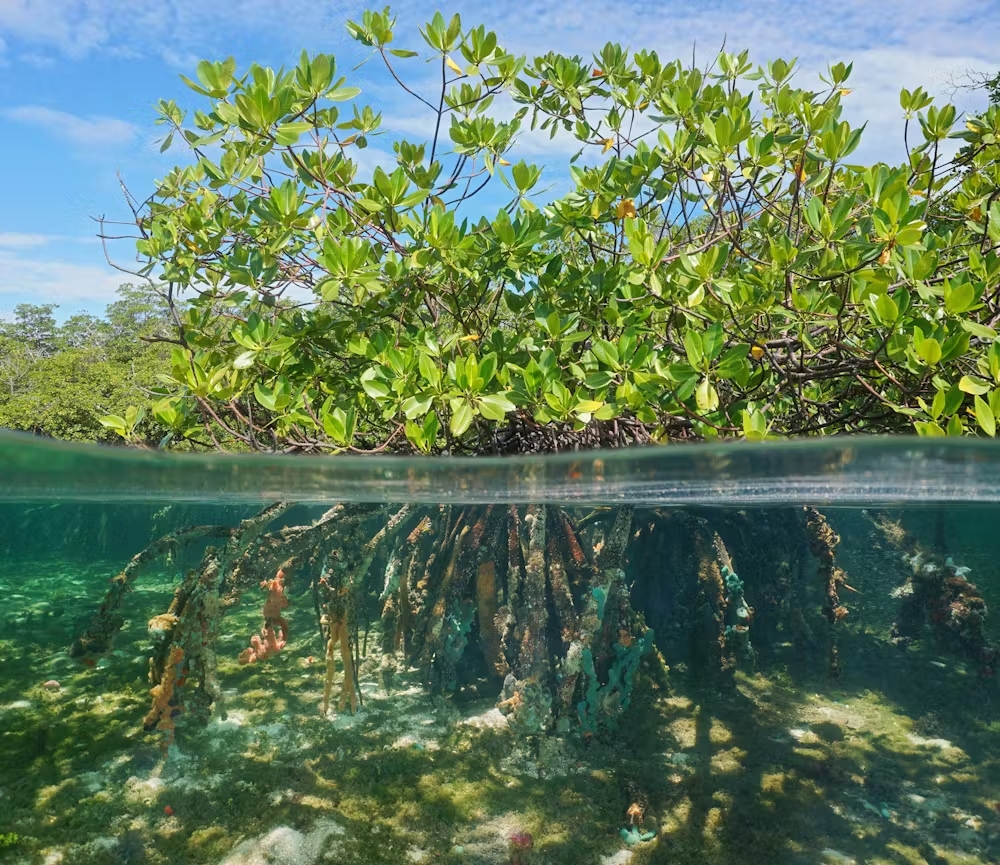
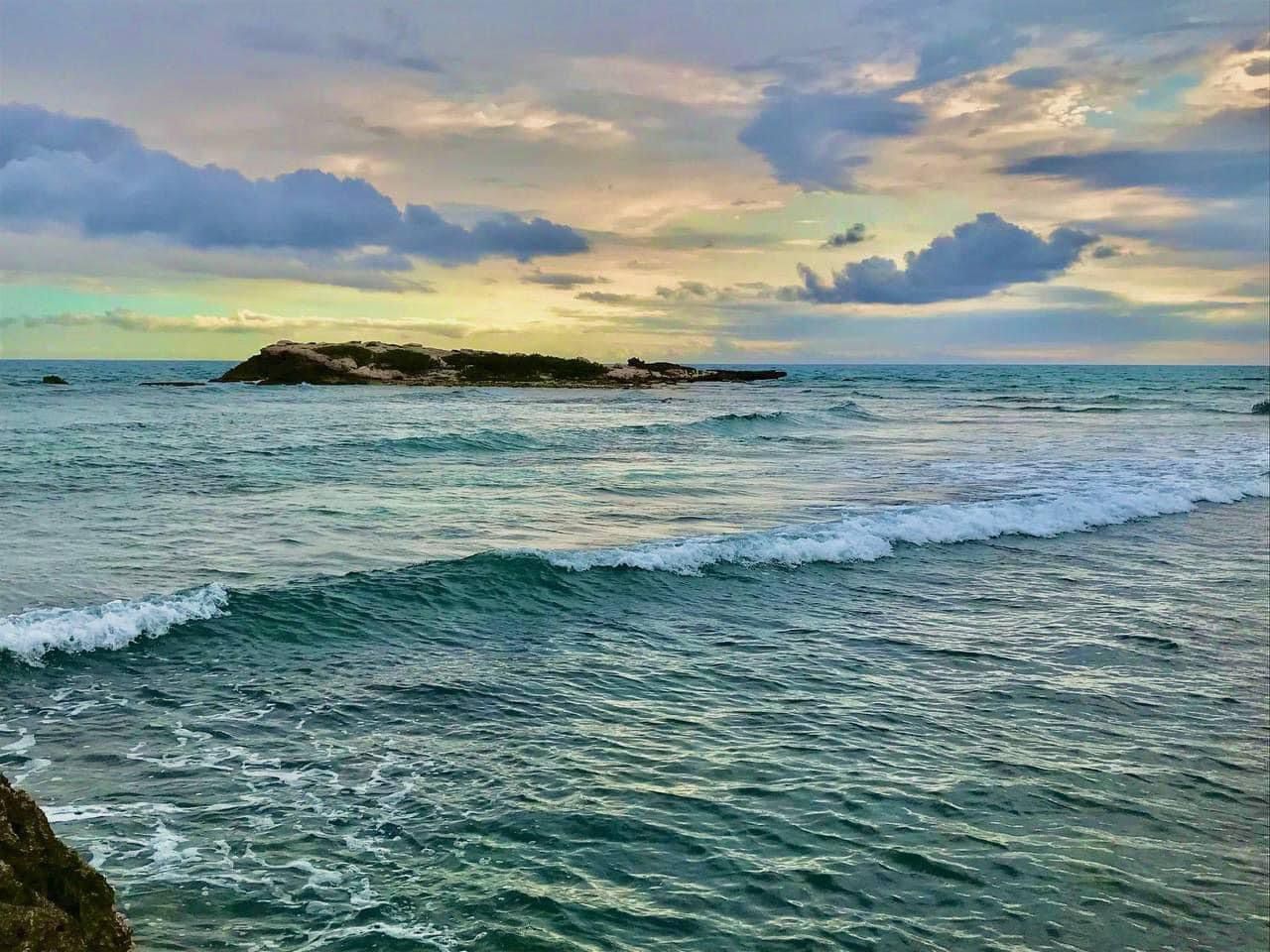





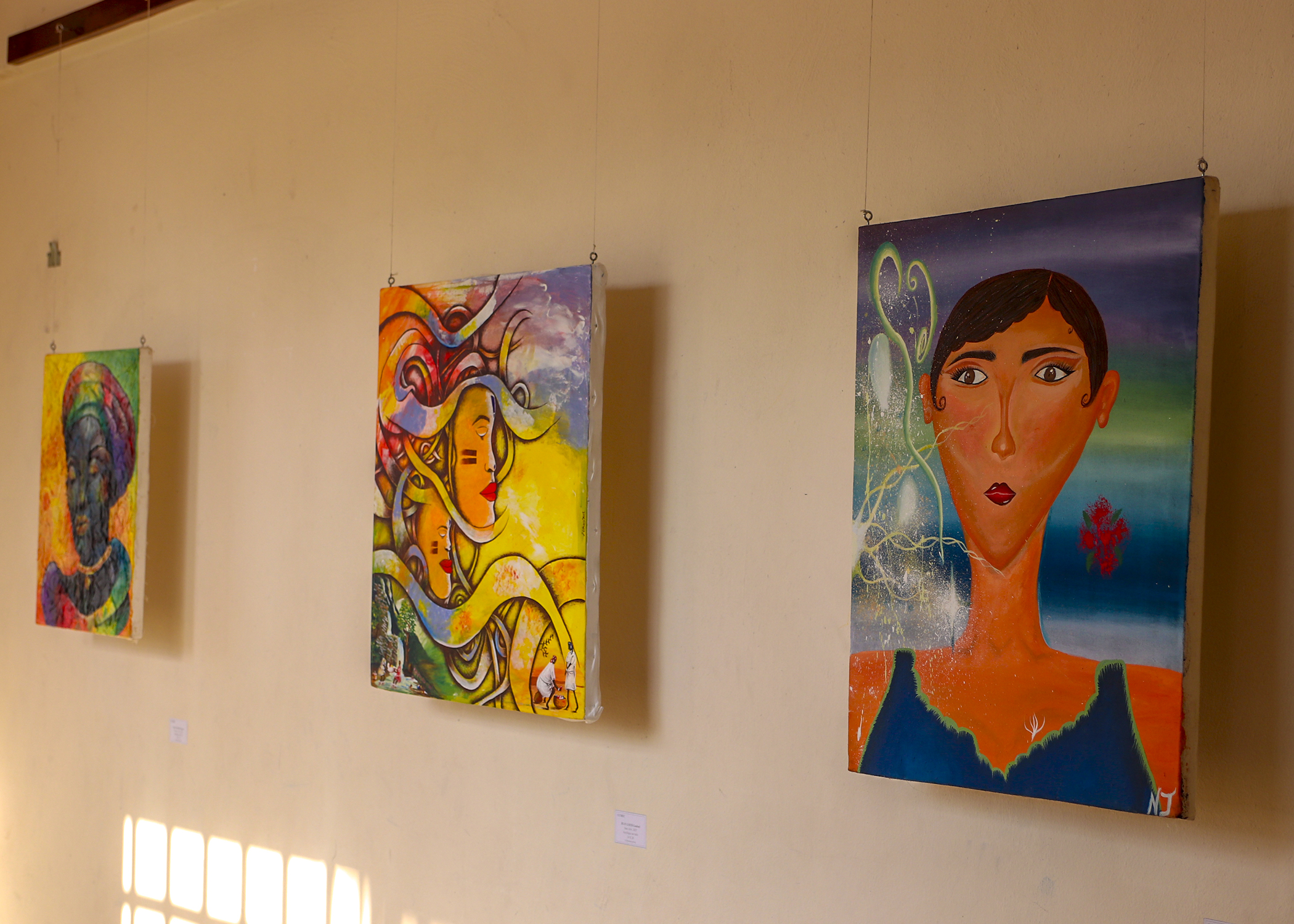
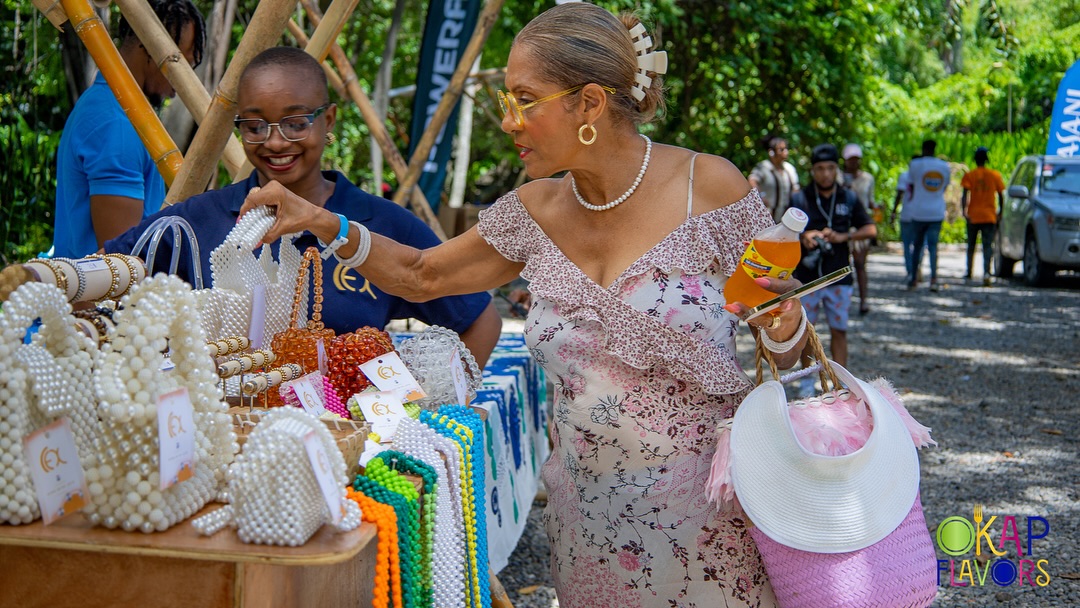










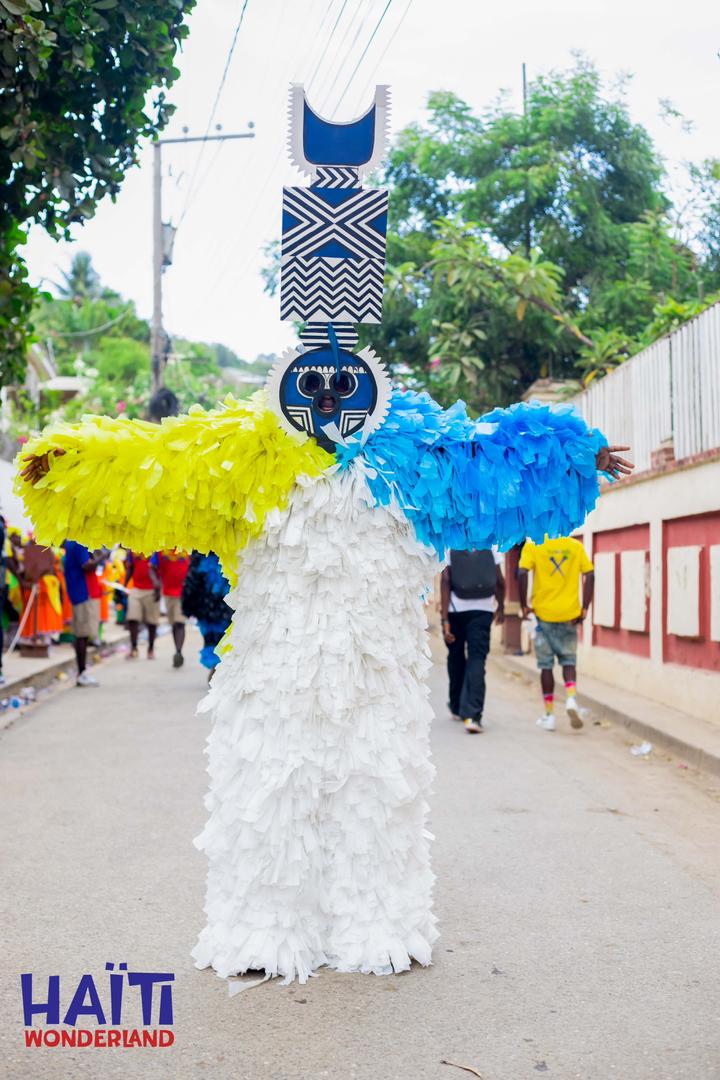

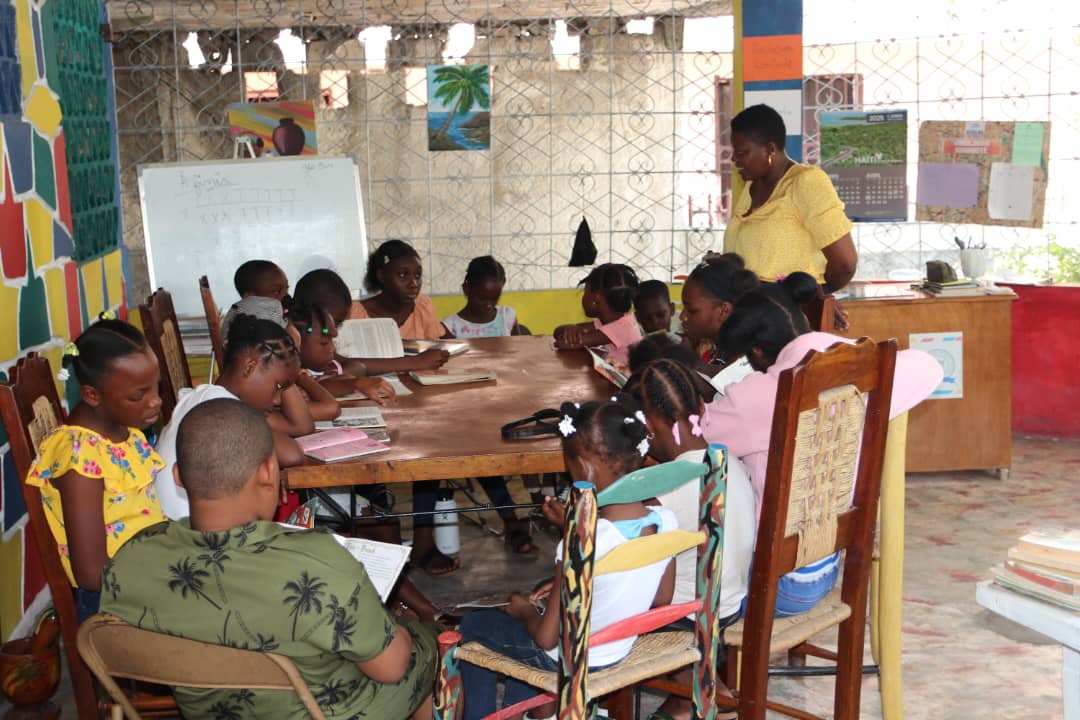



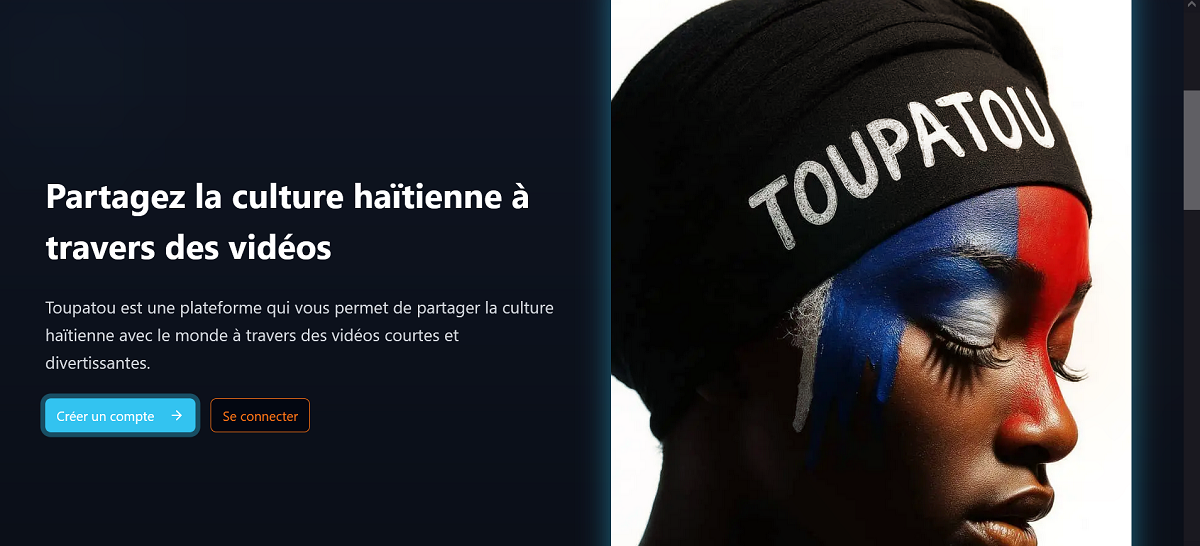


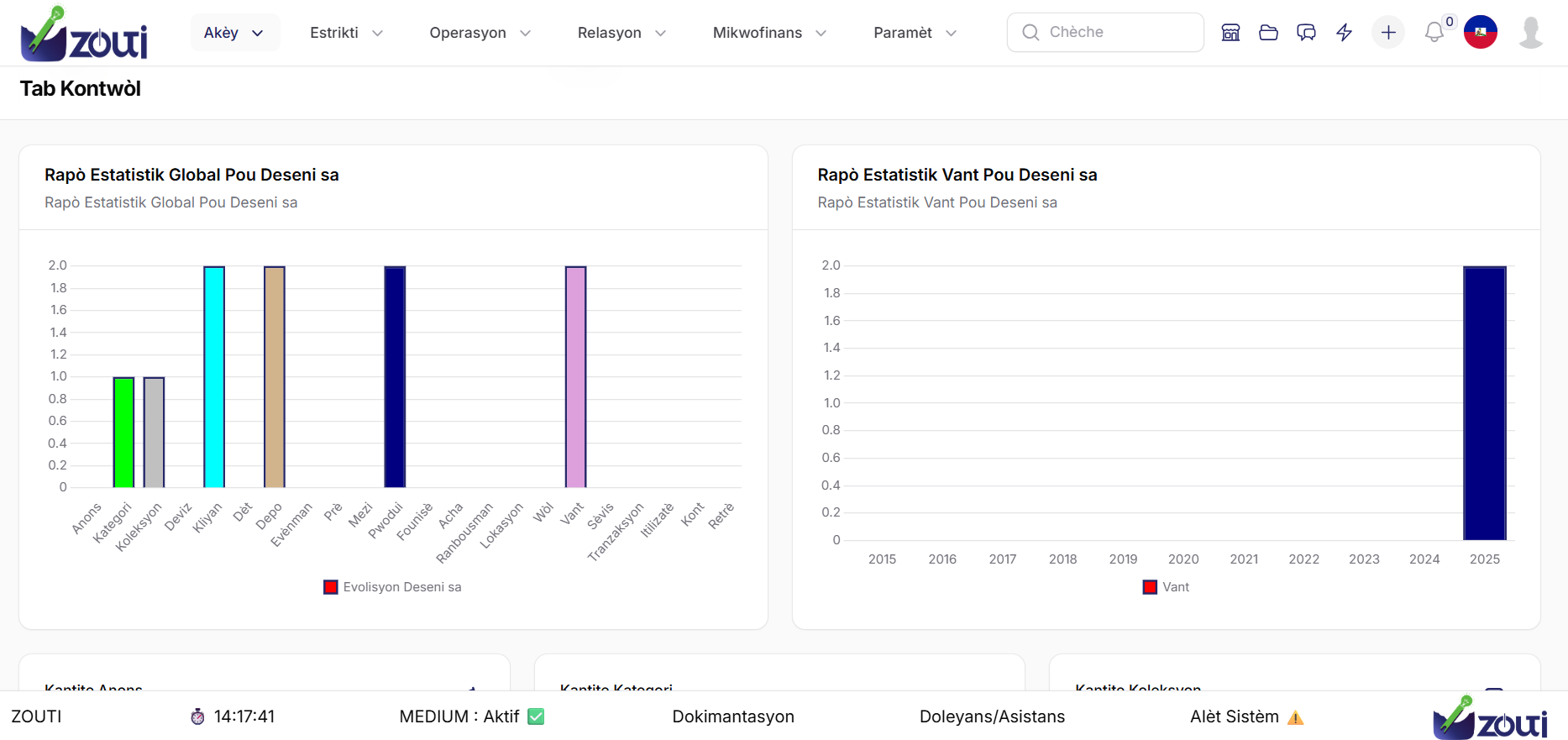










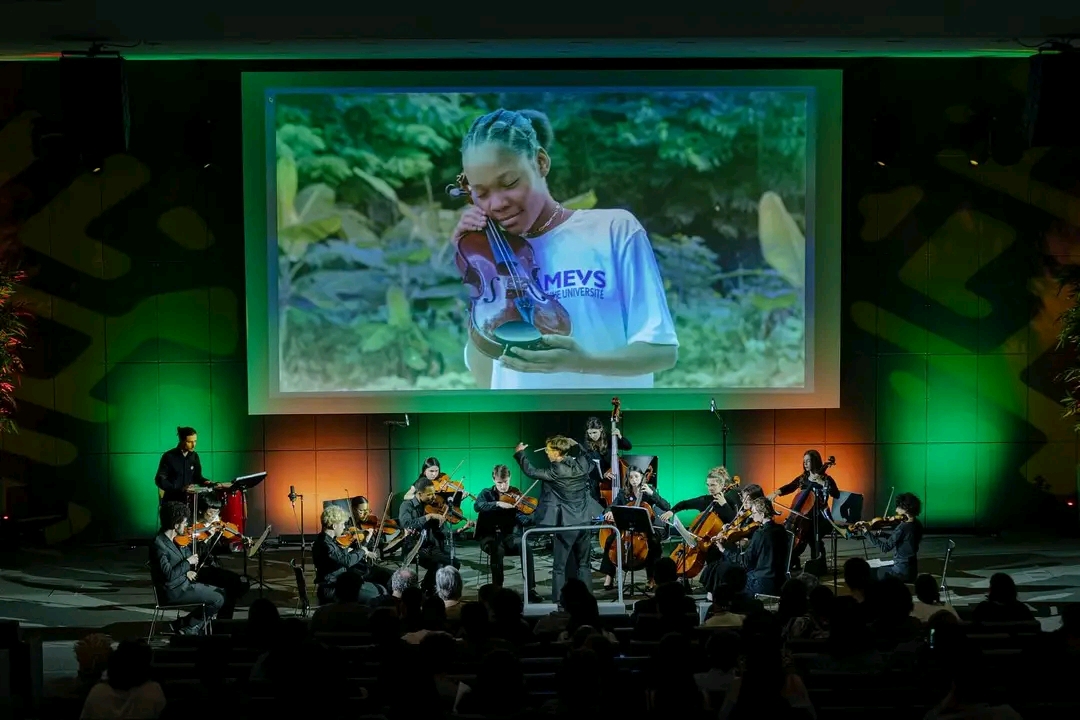
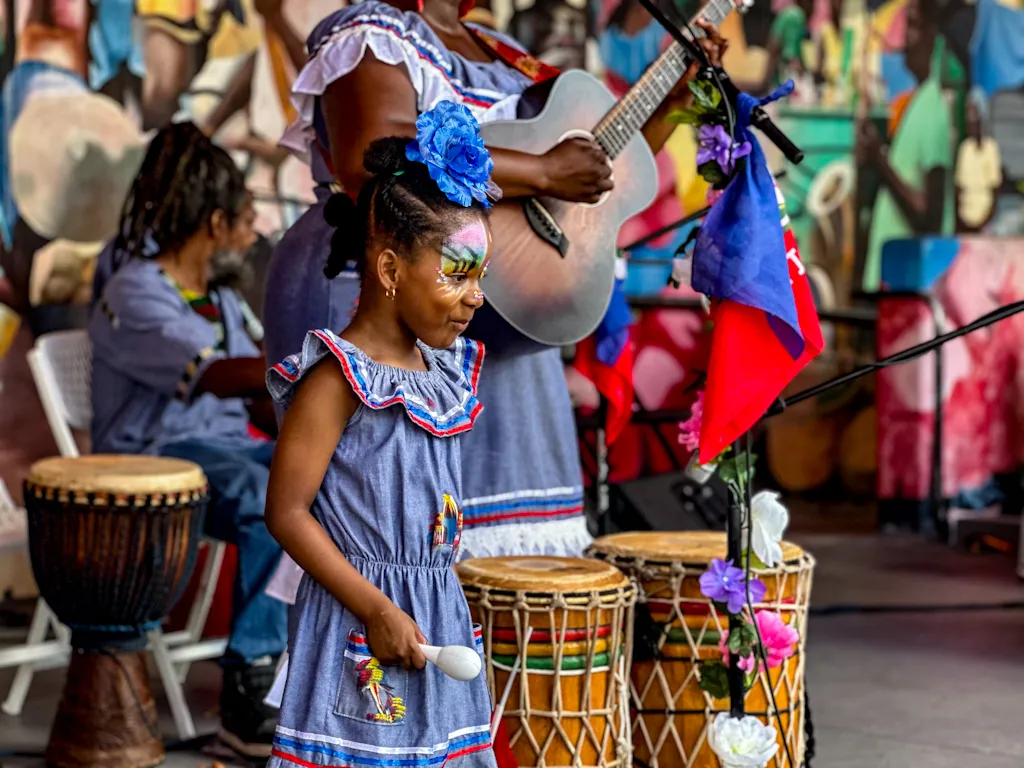




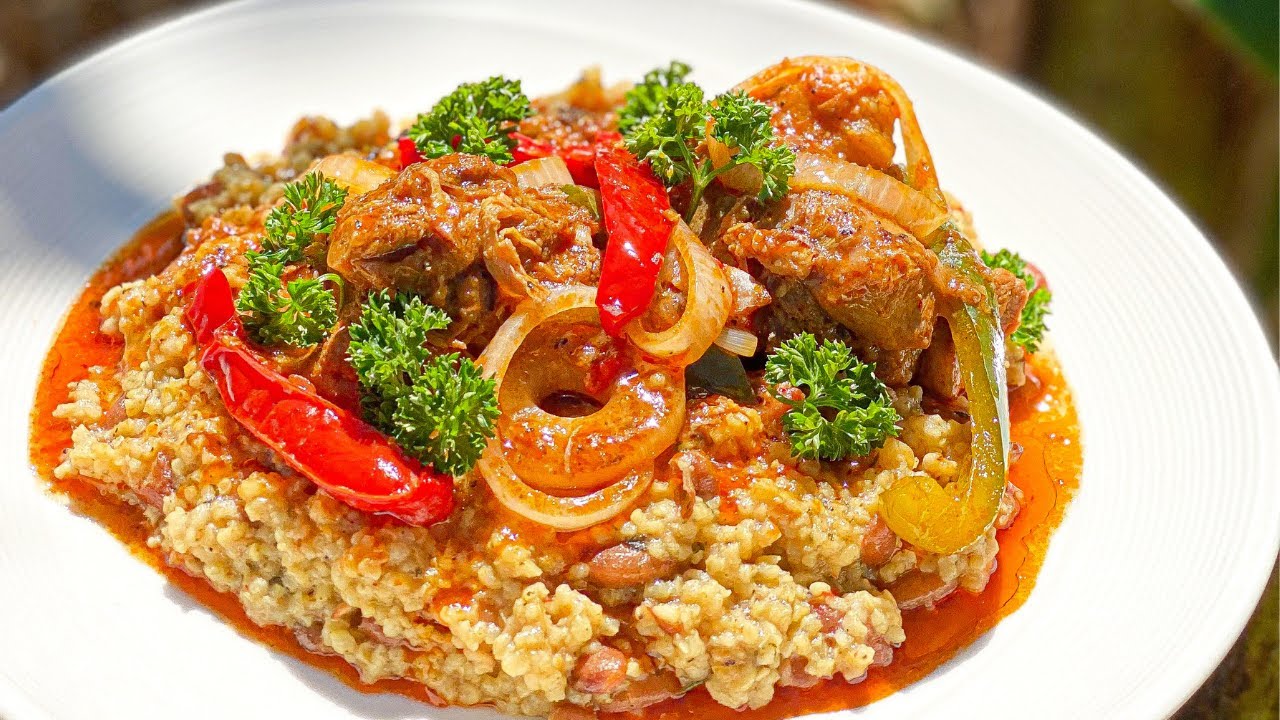

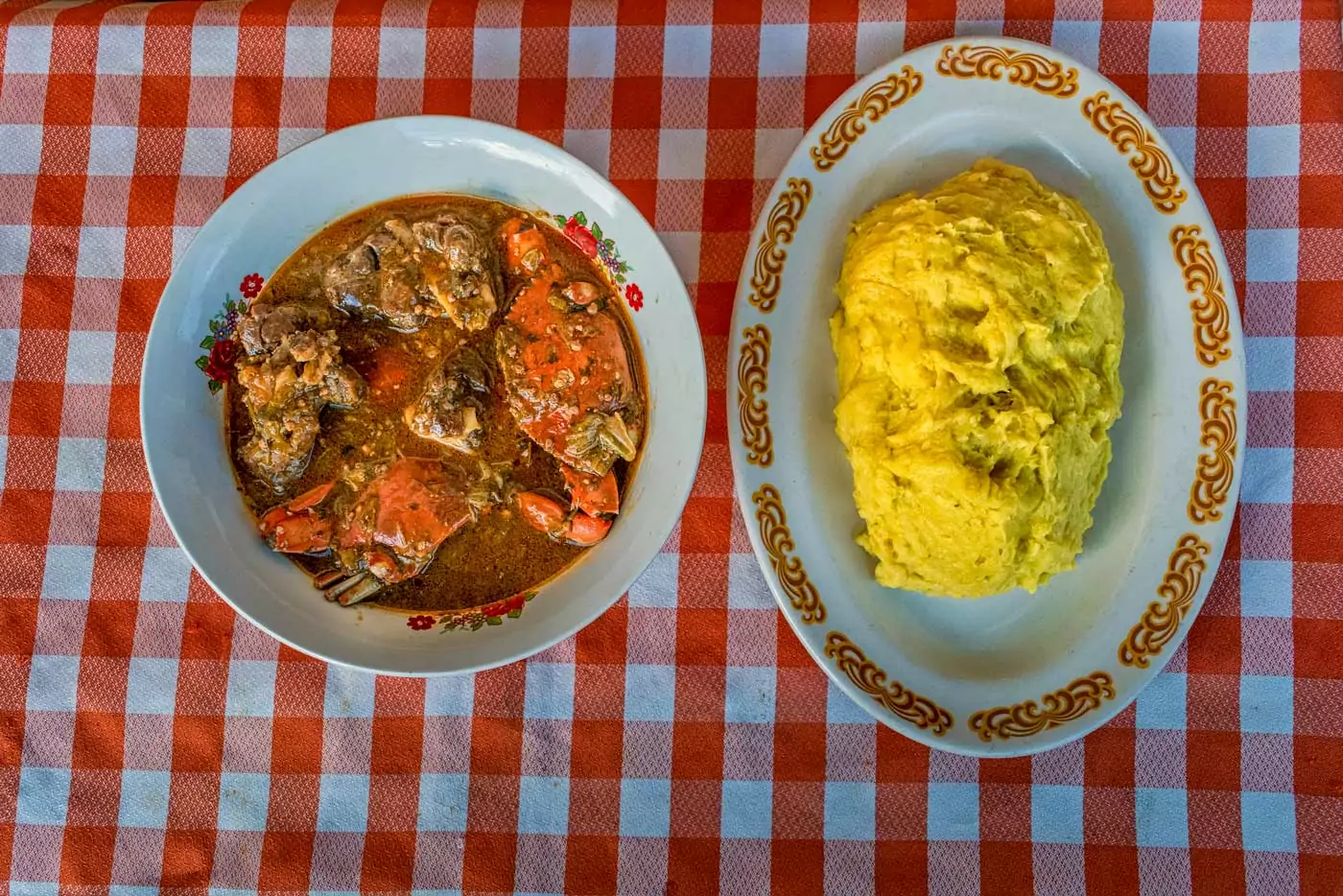


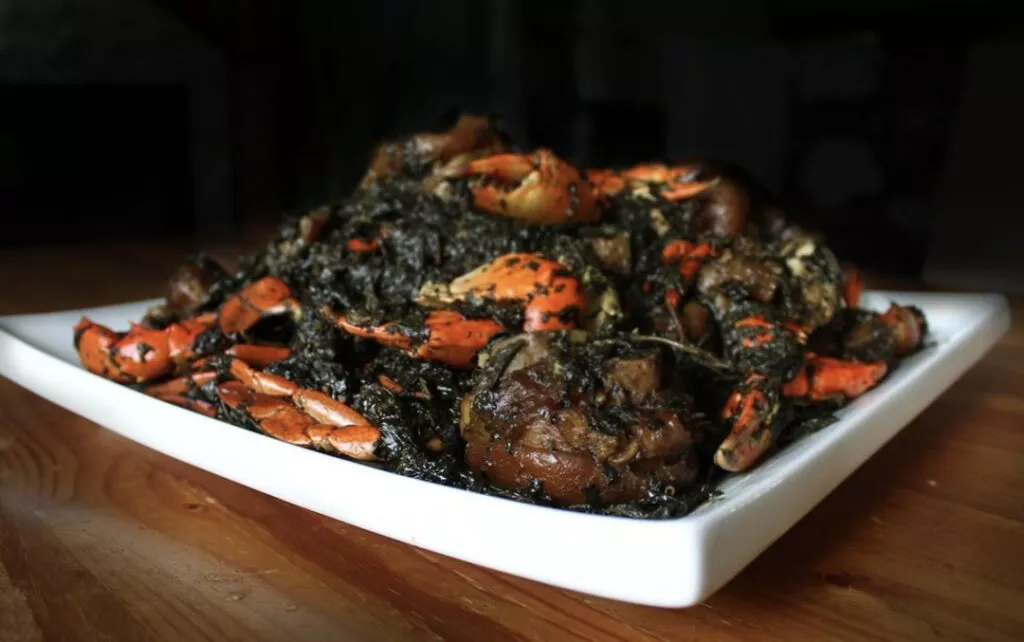











chapeau pour ce travail combien important. mwen sonej Ozanana kay Fifi hmmmm enfin haiti
December 20, 2024 - 08:16:04 PM